1. Increased digitalization and global reach: A significant push towards digital recognition solutions and international programs will cater to remote and hybrid workforces, enhancing efficiency and reducing administrative overhead.
2. Integration with work systems and KRAs: Stronger linkages between employee recognition, key result areas (KRAs), and work systems will make recognition more data-driven, transparent, and aligned with performance metrics.
3. Use of gamification: Organizations will increasingly use gamification elements like digital badges, leaderboards, and e-certificates to make recognition programs more engaging, motivating, and appealing to employees.
4. Recognition as a culture and engagement tool: Employee recognition will focus on fostering a positive work culture, driving engagement through informal awards, and supporting learning and development initiatives to align with core organizational values.
Employee recognition is perhaps one of the most critical contributing factors toward boosting workforce morale, enhancing productivity, and building a positive work environment. Let’s gaze into the crystal ball and see the key trends in employee recognition in 2022 that organizations should consider while designing their HR game plan for the year.
Also read: Key Trends for Employee Recognition in 2023
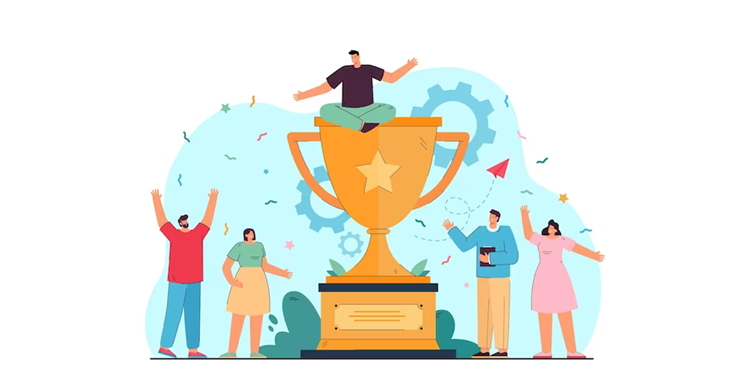
Between 2020 and 2021, the workplace has seen massive shifts in its operating model, driven primarily by the pandemic and its aftermath.
Organizations have adopted hybrid and digital working in a way never seen before in such a short period.
This momentum of change will undoubtedly continue even in 2022 and bring significant changes to the HR landscape.
Employee rewards and recognition, too, should see considerable changes in sync with the overall changes in the HR model.
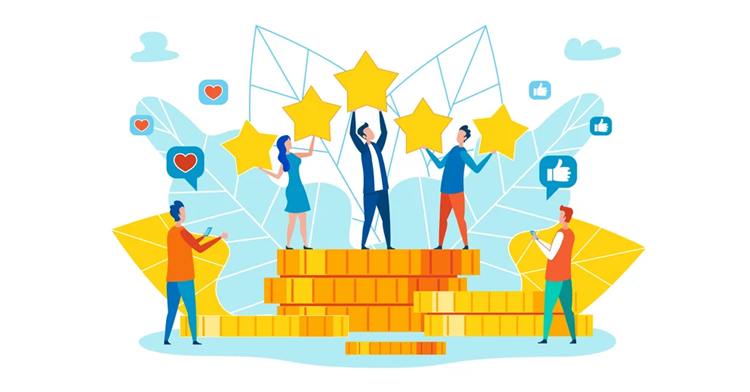
Given the massive acceleration of changes in HR models over the last two years,
2022 is likely to see big changes in the way organizations manage their employee rewards and recognition.
Here are the critical employee recognition trends in 2022 that can help organizations devise the right policies for implementing programs effectively and maximizing business benefits:
1. Employee Recognition in Traditional Industries
2. Bigger push towards Digital
3. More Global Programs
4. Tighter Linkages with KRAs and Work Systems
5. Gamification of Work
6. Recognition for Driving Engagement
7. Recognition as a Culture Building Tool
8. Recognition for Learning and Development
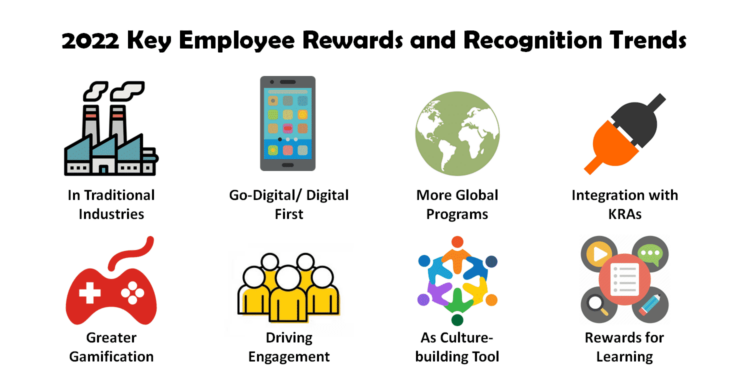
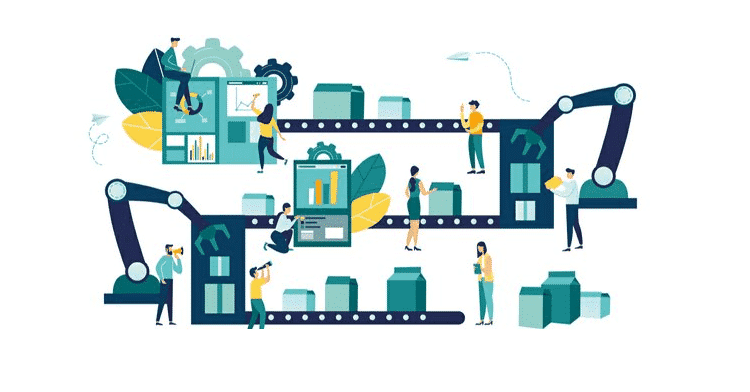
2022 should see greater employee rewards and recognition adoption by organizations in more traditional and mature industries such as manufacturing, construction, retail, and logistics.
These industries have predominantly blue and grey-collared employees.
Traditionally, employees in these organizations have been left out of such programs.
Or such programs would have been restricted only to the white-collared staff in the organization.
However, there have been significant changes in the habits and preferences of blue-collar employees.
Though less qualified than their white-collared counterparts, they are reasonably digitally savvy and are significant users of mobile apps such as social media and online shopping.
Hence, we should see a significant increase in the rollout of employee recognition programs in traditional industries, powered by digital recognition apps and platforms.

The exponential rise of remote working teams and hybrid workplaces has significantly increased the popularity of digital recognition solutions.
Existing rewards and recognition programs are likely to be digitized at an even faster pace to generate higher efficiencies, effectiveness, and, eventually, higher returns on investments.
‘Go digital’ is the mantra for all organizations, across industries. HR processes especially employee recognition are on the radar of most organizations in their push toward digital.
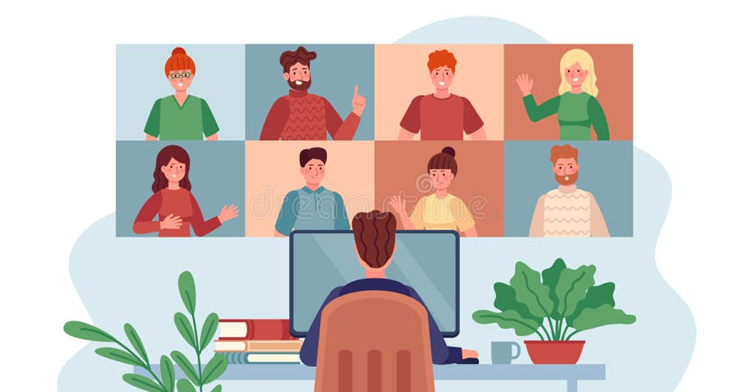
Hybrid and remote working have brought employees across multiple locations closer and resulted in higher levels of collaboration.
Organizations are now looking at global rewards and recognition programs that can cover their entire workforce, no matter where they are based.
Digital platforms will enable organizations to seamlessly roll out and manage global recognition programs without much administrative overhead.
These platforms can also ensure that some localization, including language, currency, and reward options, is possible.

Historically, employee recognition programs have operated in isolation, predominantly driven by manual nominations from managers and team leaders.
This is based on their qualitative assessment of the employees’ achievements or performance against the predefined recognition criteria.
We should see a greater movement towards building stronger linkages between the KRAs, recognition criteria, and recognition in 2022.
We would see deeper integration between employee recognition platforms and work systems such as CRM, PMS, and LMS.
Employee achievements or performance metrics captured in these systems will trigger recognition in the recognition system through integration if the criteria are met.
This will make the recognition process more data-driven, transparent, and real-time.
Employees will be able to align their efforts towards over-achieving their targets, knowing that they will receive rewards and recognition once they do.
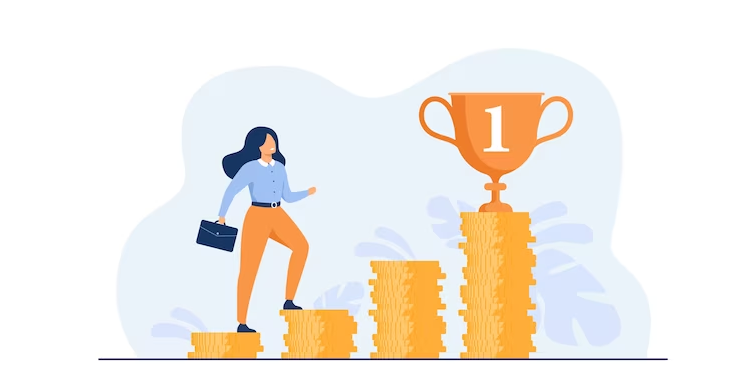
In 2022, organizations should be looking at driving increasing gamification of work through employee rewards and recognition programs.
The use of digital employee recognition platforms, complete with rewards points, digital badges, leaderboards, e-certificates, e-gift cards, and mobile apps should become much more prevalent.
These game elements will help organizations enhance the employee experience of these programs and make them more exciting and appealing.
This, in turn, will help motivate and engage the employees more effectively.
This would drive higher participation in employee recognition programs.

‘All work and no play make Jack a dull boy’ –this famous adage will drive more and more organizations to turn towards gamification of work in 2022.
With a growing proportion of millennials in the workforce, organizations would need to look beyond the ‘run-out-of-the-mill’ rewards and recognition programs to engage their employees and drive greater impact.
2022 should see an increasing use of informal or fun awards.
These would be aimed at creating a positive, informal, and fun-filled environment at work.
Rewards and recognition will also become integral to most employee engagement activities, whether they are fun at work or team-building.
This will help organizations drive higher levels of interest, participation, and involvement of employees in such programs.
That, in turn, will enhance the effectiveness and impact of the programs.

Recognition is a powerful tool in the HR toolkit.
In 2022, we should see more widespread use of recognition to drive specific behaviors among the workforce that are aligned with the core values and the desired culture of the organization.
Promoting peer-to-peer recognition will enable organizations to create a more positive work environment.
It will also help reinforce their core values among their employees.
The cultural impact of employee recognition will become much more profound in 2022.

The massive shifts in organizations’ operating models have placed tremendous focus on upskilling and talent development.
Learning and development will be one of the top HR priorities for organizations in 2022.
Organizations should leverage employee rewards and recognition as an effective way to motivate and engage employees in their learning journeys.
Employees can be rewarded and recognized for achieving their learning milestones through monetary benefits and social visibility.
Rewards and recognition for learning and development can be achieved by gamification of the entire learning process.
Learning management systems (LMS) will increasingly integrate with employee recognition platforms.
This will enable employees to get rewarded and recognized in real time as they go through the process.
Read the A Guide to Rewards and Recognition for Learning and Development
Understanding the key trends in employee recognition in 2022 can help organizations formulate the right programs or make appropriate changes in existing ones, to maximize their impact, in the face of massive changes in the business environment.

Lead author: Sagar Chaudhuri, the Co-Founder and CEO of HiFives. He is an HR Tech Evangelist with over 25 years of corporate and entrepreneurship experience. In the past, Sagar has worked in leadership roles with companies such as Genpact, Infosys, and ICICI Bank. He has an engineering degree from IIT Kharagpur and an MBA from IIM Lucknow. Connect on LinkedIn
To stay updated on the latest HiFives blogs, follow us on Twitter (@MyHiFives)